Never Mind the Bollocks, Here’s the Sex Pistols
Buy Never Mind the Bollocks, Here’s the Sex Pistols The ongoing tradition of rock n roll has always been to push conventional boundaries and be a voice for the youth. In the 1950s, […]

Buy Never Mind the Bollocks, Here’s the Sex Pistols The ongoing tradition of rock n roll has always been to push conventional boundaries and be a voice for the youth. In the 1950s, […]
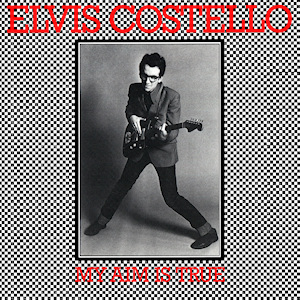
Buy My Aim is True My Aim Is True is the debut album by Elvis Costello and it introduced the world to a hybrid sound that drew near equal influence from 1950s old […]
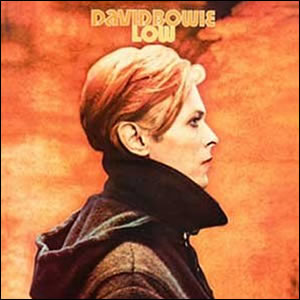
Buy Low Low was a 1977 breakthrough album by David Bowie, which contained avant-garde tracks rich with experimental synthesizers and unique compositional approaches. The album was co-produced by Bowie and Tony Visconti and […]
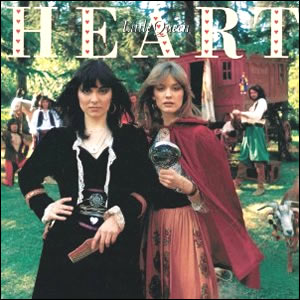
Buy Little Queen It wasn’t easy for Heart to follow-up their brilliant 1976 debut Dreamboat Annie. They started and stopped an album for Mushroom Records, which was later patched together as the release […]
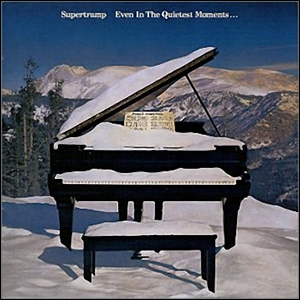
Buy Even In the Quietest Moments Even In the Quietest Moments was the third of four consecutive great albums produced by Supertramp in the mid to late seventies. However, this album was unique […]
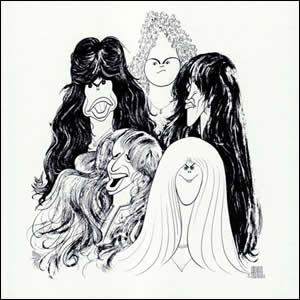
Buy Draw the Line Aerosmith‘s fifth album in 1977 came after the phenomenal success of 1975’s Toys in the Attic and 1976’s Rocks. Although the momentum continued to an extent with Draw the […]
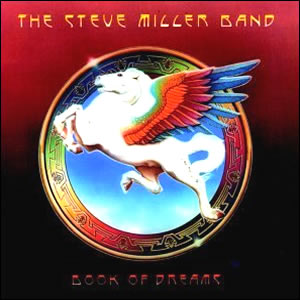
Buy Book of Dreams Steve Miller forged his reputation as a Chicago blues man, immersing himself in that scene during the 1960s and playing with the likes of Muddy Waters, Howlin’ Wolf, Buddy […]

Buy Bat Out of Hell Although credited as a solo album by Meat Loaf, the blockbuster album Bat Out of Hell was actually forged through a collaboration of three people – Meat Loaf […]

Buy Animals One of the more underrated classic albums, Pink Floyd‘s Animals is set up like an epic movie with three self-contained sub-chapters and sub-plots that somehow all tie together in the end. […]
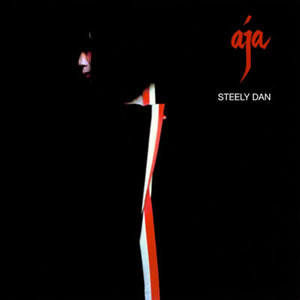
Buy Aja Aja was the best album produced by the Steely Dan. With the sixth album by the group, driven primarily by keyboardist and vocalist Donald Fagen and bassist Walter Becker, the songs […]